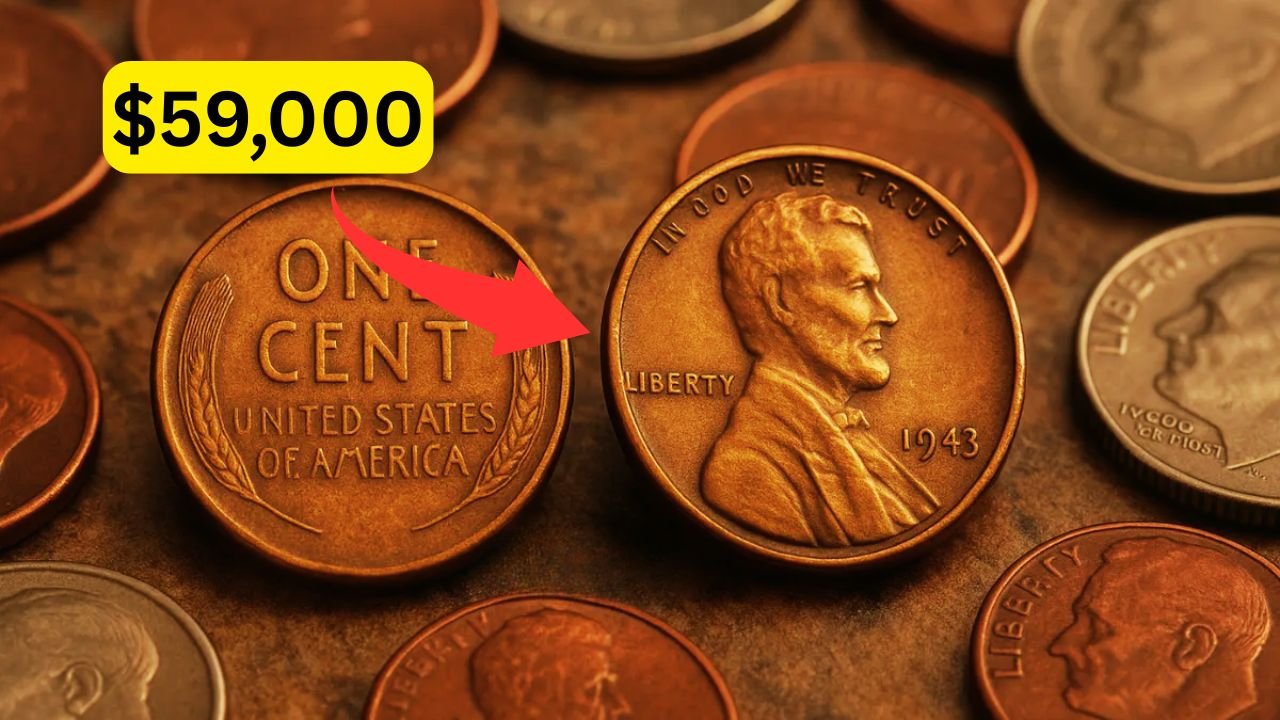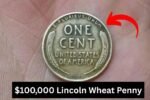Ever check your pocket change and wonder if you’re holding a fortune? The Lincoln Wheat Penny, a small copper coin from the early 1900s, might be worth way more than one cent. Some rare versions of this penny have sold for as much as $59,000 at auctions! With millions of these coins still out there, you could have a treasure hiding in your jar of spare change. Let’s dive into why this penny is so special and how to spot one.
A Penny With a Big History
The Lincoln Wheat Penny was first made in 1909 to celebrate President Abraham Lincoln’s 100th birthday. It was designed by Victor David Brenner and has a portrait of Lincoln on one side and wheat stalks on the other. These pennies were common in everyday change for decades, but a few rare ones are now super valuable. Mistakes during production and low numbers of certain years make some pennies stand out to collectors.
What Makes It Worth $59,000?
Not every Lincoln Wheat Penny is a jackpot. The value comes from specific years, mint marks, and conditions. For example, the 1909-S VDB penny, with only 484,000 made, is a top prize. The “S” means it was minted in San Francisco, and “VDB” are the designer’s initials. Another big one is the 1943 bronze penny—most pennies that year were steel due to World War II, but a few bronze ones slipped through. These can fetch tens of thousands at auction.
Here’s a quick look at some key pennies to hunt for:
| Year | Mint Mark | Special Feature | Estimated Value |
|---|---|---|---|
| 1909 | S | VDB initials | Up to $59,000 |
| 1943 | None | Bronze (not steel) | Up to $50,000 |
| 1914 | D | Low mintage | Up to $20,000 |
How to Spot a Winner
Finding a valuable penny takes a sharp eye. First, check the date on the front. Look for years like 1909, 1914, or 1943. Next, look for a mint mark—a tiny letter under the date. “S” or “D” could mean it’s rare. For 1909 pennies, flip it over and check for “VDB” at the bottom of the back. Also, condition matters. A shiny, unscratched penny is worth more than a worn one. Grab a magnifying glass to inspect details closely.
- Use a coin guidebook or app to compare your penny.
- Avoid cleaning coins—it can lower their value.
- Store pennies in a safe, dry place to keep them in good shape.
Where to Look and What to Do
You don’t need to be a coin expert to start hunting. Check your loose change, old jars, or family heirlooms. Coin rolls from banks are another great place to search. If you think you’ve found a rare penny, take it to a trusted coin dealer or appraiser. They can tell you if it’s real and what it’s worth. If it’s a big find, consider getting it graded by a professional service like PCGS or NGC to boost its value.
A Fun Hobby With Big Rewards
Coin collecting is more than just chasing cash—it’s a fun way to connect with history. Every penny tells a story, and you might find a rare one that changes your life. Even if you don’t strike it rich, you’ll learn a lot and maybe find other cool coins along the way. So, next time you empty your pockets, take a second look. That little Lincoln Wheat Penny could be your ticket to $59,000!




